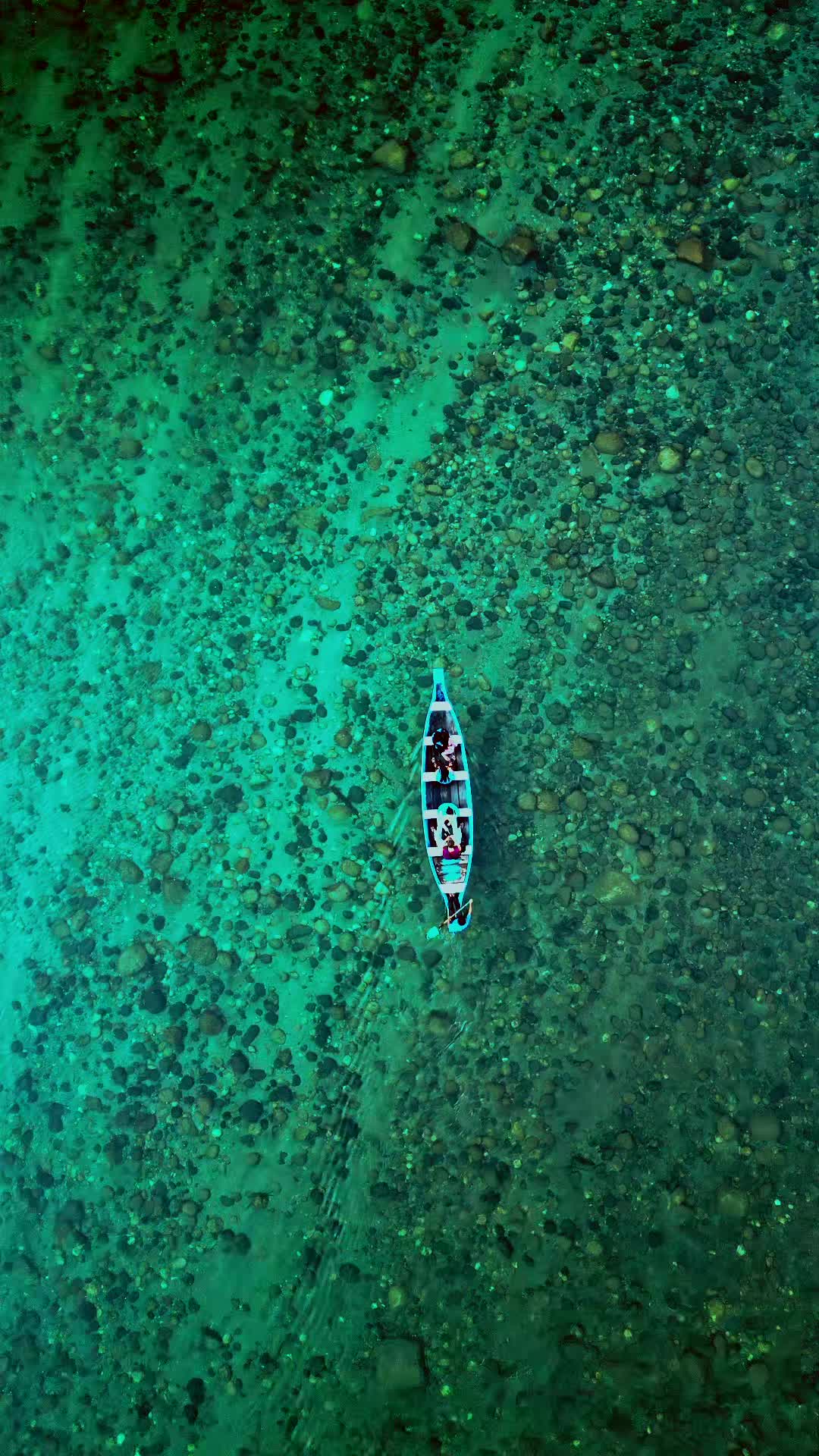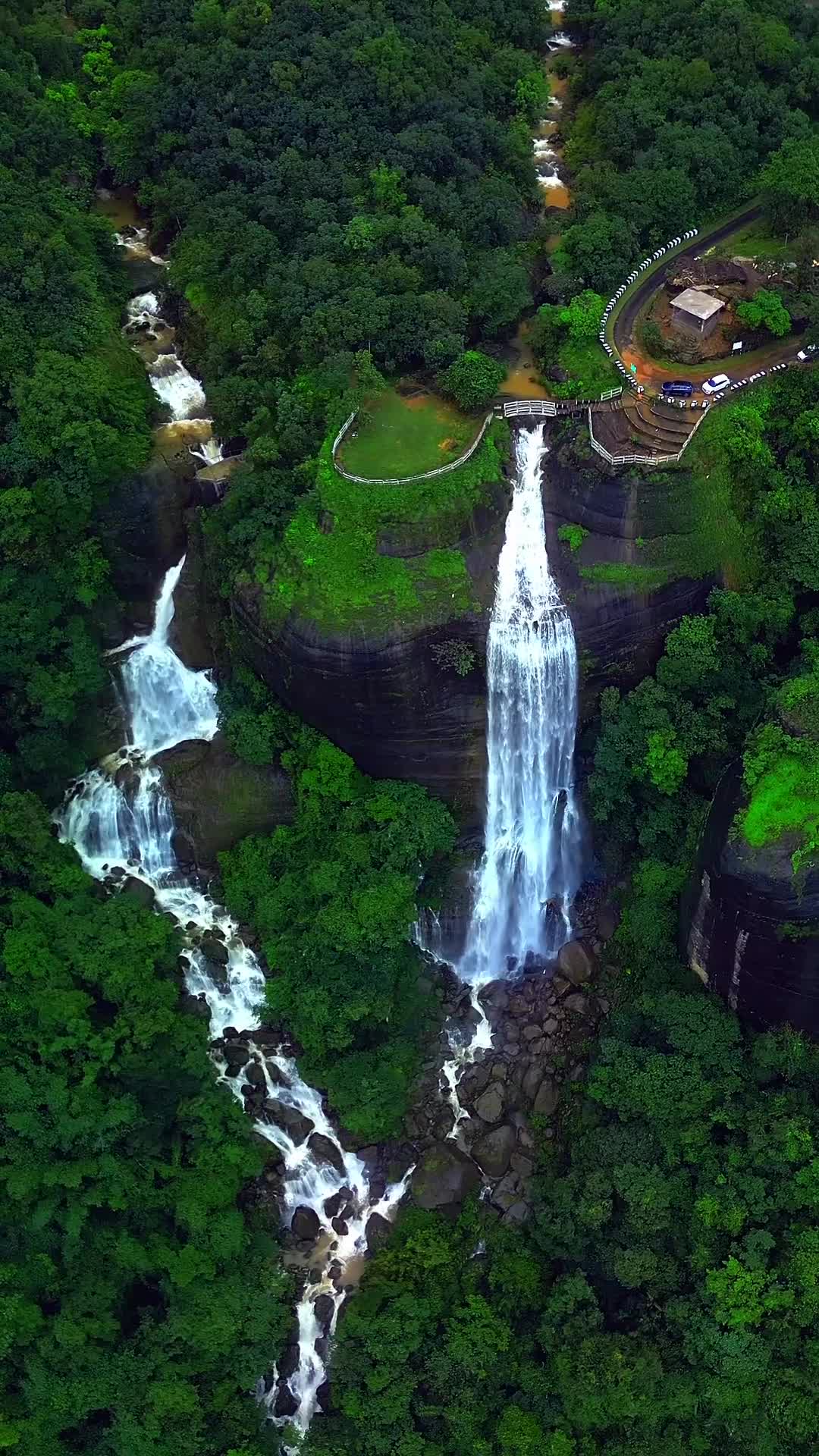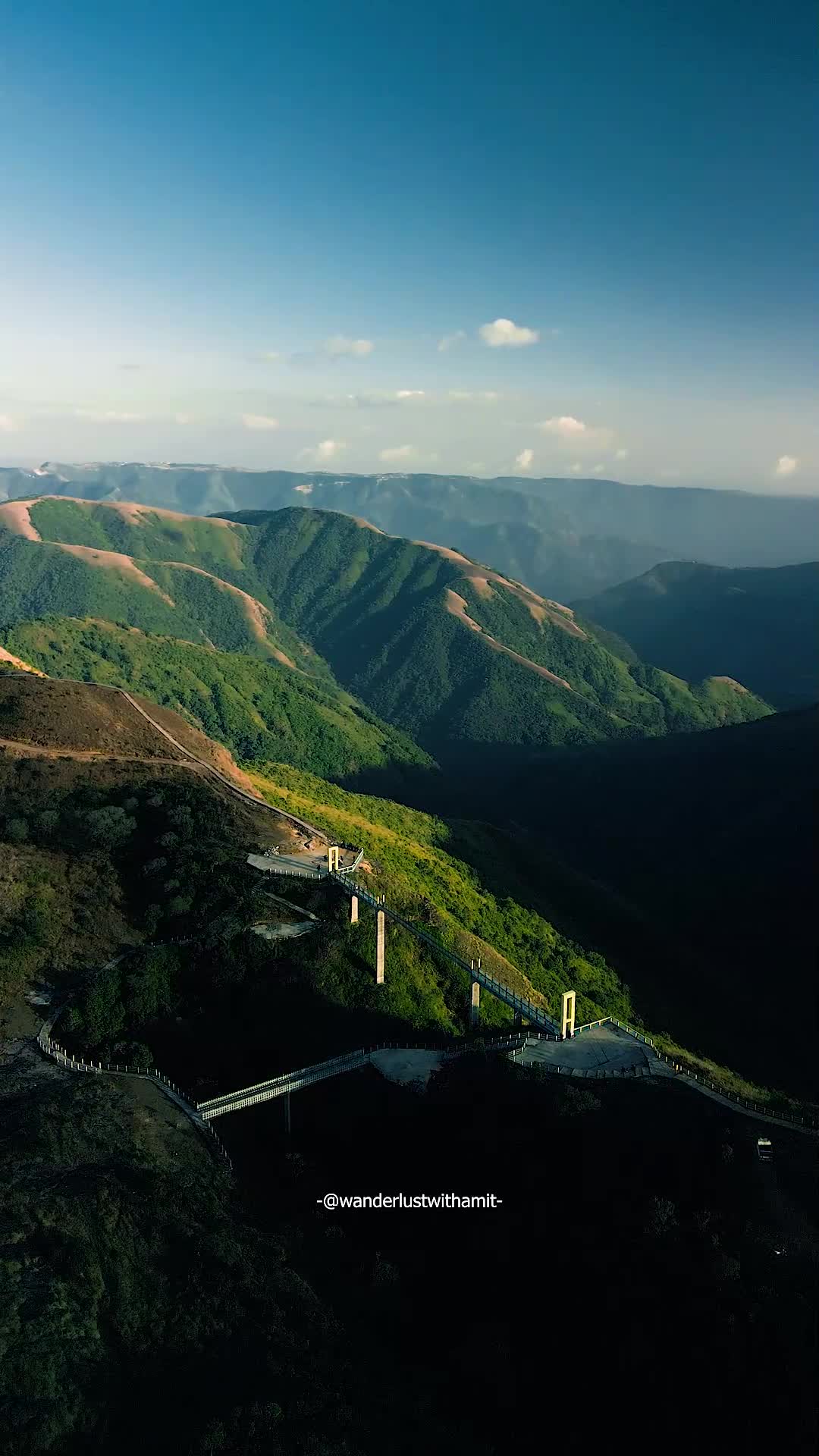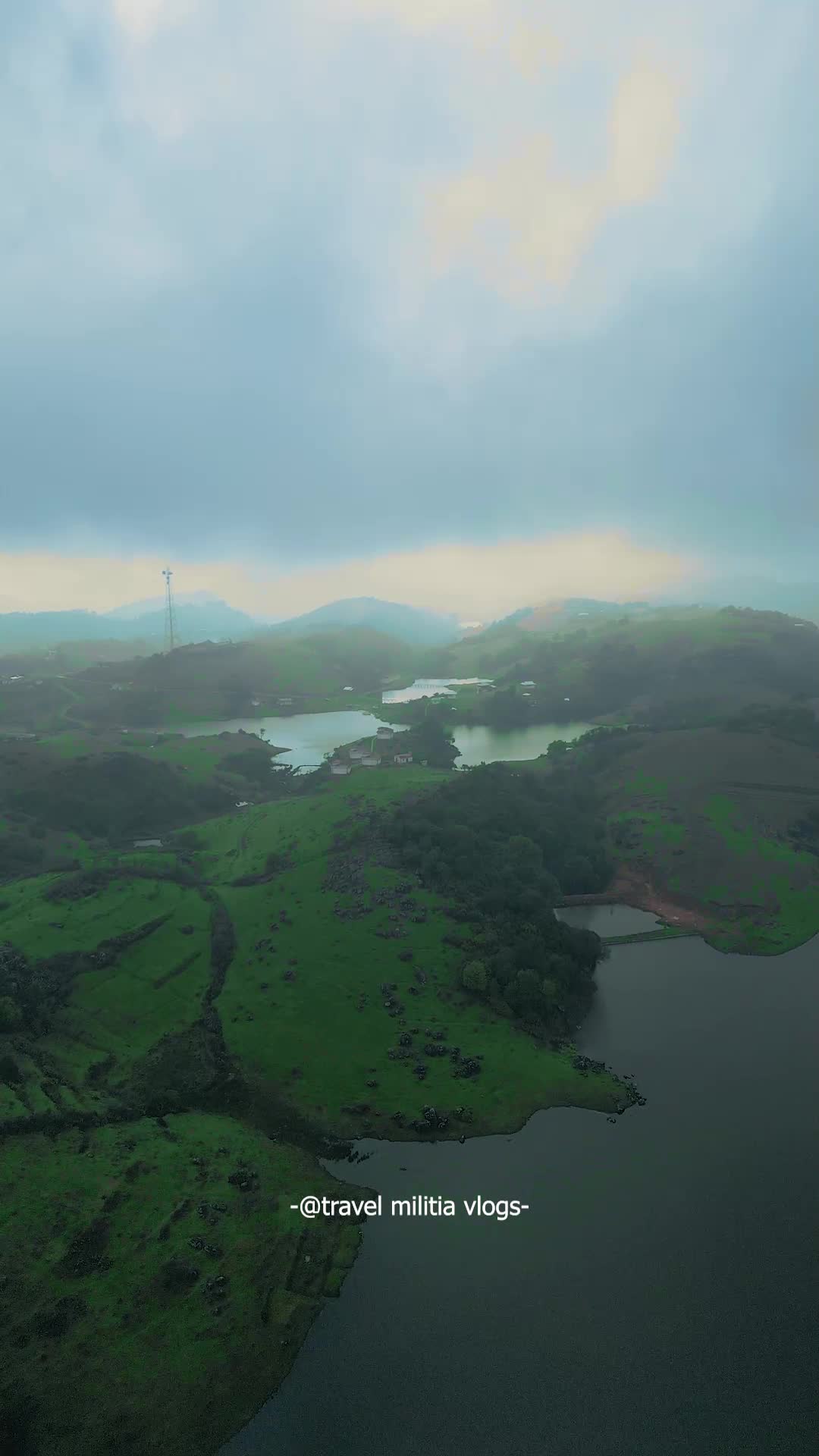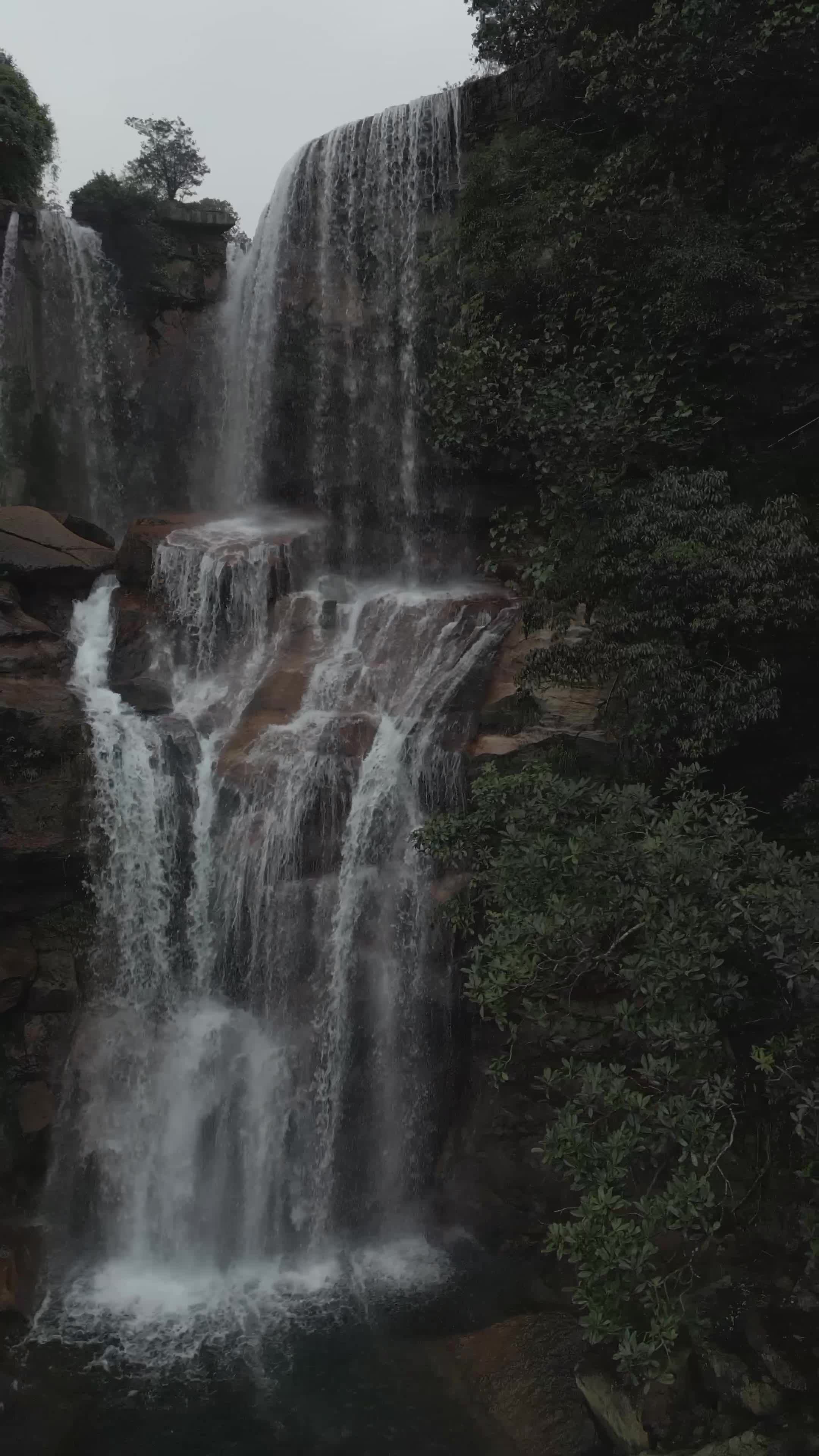Deep in the heart of Meghalaya lies one of the most magical places you’ll ever see-the double-decker living root bridge in the village of Nongriat, near Cherrapunji (also known as Sohra). It's not just a tourist attraction, it’s a living, breathing wonder shaped by nature and generations of local wisdom.
The bridge is made from the aerial roots of the Ficus elastica tree. Over many years, the local Khasi people have carefully guided these roots across the river until they grew strong enough to walk on. What makes this one special is that it’s actually two bridges stacked on top of each other, strong, sturdy, and totally alive.
How to Get There
The bridge is about 65 to 70 kilometers from Shillong, the main city in Meghalaya. It takes roughly 1.5 to 2.5 hours by cab, depending on the weather and road conditions. The drive itself is scenic and beautiful, passing through misty hills and green valleys. You can easily hire a cab from Shillong or Cherrapunji, and many local drivers are familiar with the route.
Once you reach the starting point of the trek (usually at Tyrna village), it’s time to take on around 3,500 steps down to the bridge one way, so it’s definitely a physical challenge. But trust me, it’s 100 percent worth it.
What to Expect
The trek is tough, no sugar-coating that. You’ll sweat, your legs will ache, and you might question your life choices halfway through. But the surroundings are breathtaking, thick forests, small waterfalls, butterflies, and the peaceful sounds of nature all around. When you finally reach the bridge, it feels like stepping into another world.
There are basic homestays and small restaurants near the bridge, so if you want to stay overnight, you can. A good idea is to start the trek on a Saturday, spend the night in Nongriat, and enjoy the bridge early on Sunday morning. The trail is closed to day visitors on Sundays, so you'll have the place almost to yourself.
For the Adventurous
If you’ve still got energy left after the bridge, you can continue the trek to Rainbow Falls and the Blue Lagoon. Rainbow Falls is a powerful, picture perfect waterfall that often has rainbows in its spray. The Blue Lagoon is a clear natural pool where you can actually take a swim, cold, but super refreshing after the hike.
Good to Know
Bring water, snacks, and comfortable shoes with good grip
Be prepared for humidity and rain, even during the dry season
The best time to visit is between November and April
If someone in your group can’t manage the trek, local porters offer stretchers for hire
Mobile network is patchy, so let someone know your plans in advance
This place is heaven for nature lovers and anyone looking to disconnect from the noise and reconnect with something real. It’s not the easiest journey, but it’s one you’ll never forget.

